Your Fall Lawn Playbook: Pro Secrets for a Killer Spring Lawn
After years of managing turf on everything from pristine golf courses to regular neighborhood lawns, I’ve learned one simple truth: an amazing spring lawn is actually built in the fall. Winter isn’t just a quiet nap for your grass; it’s a brutal marathon of cold, wet, and sometimes icy stress. How you prep your lawn for that gauntlet is what makes the difference between a lush, green carpet in April and a patchy, sad-looking mess.
In this article
- First, a Quick Reality Check: Is Your Lawn Actually Compacted?
- What’s Happening Under the Hood: A Quick Look at Grass in Fall
- The Big Divide: Northern vs. Southern Lawns
- The Cool-Season Lawn Playbook (For the North)
- The Warm-Season Lawn Playbook (For the South)
- A Few Final (But Crucial) Tasks for Everyone
- Galerie d’inspiration
This whole process is what we in the biz call “winterization.” And it’s not just one task—it’s a smart sequence of steps you take to work with nature, building up your lawn’s strength from the roots up. So, let’s get into it.
First, a Quick Reality Check: Is Your Lawn Actually Compacted?
Before we even talk about tools, let’s figure out if your lawn can even breathe. Over the summer, all that mowing, foot traffic, and heavy rain can compact your soil, squeezing out the tiny air pockets that roots desperately need.
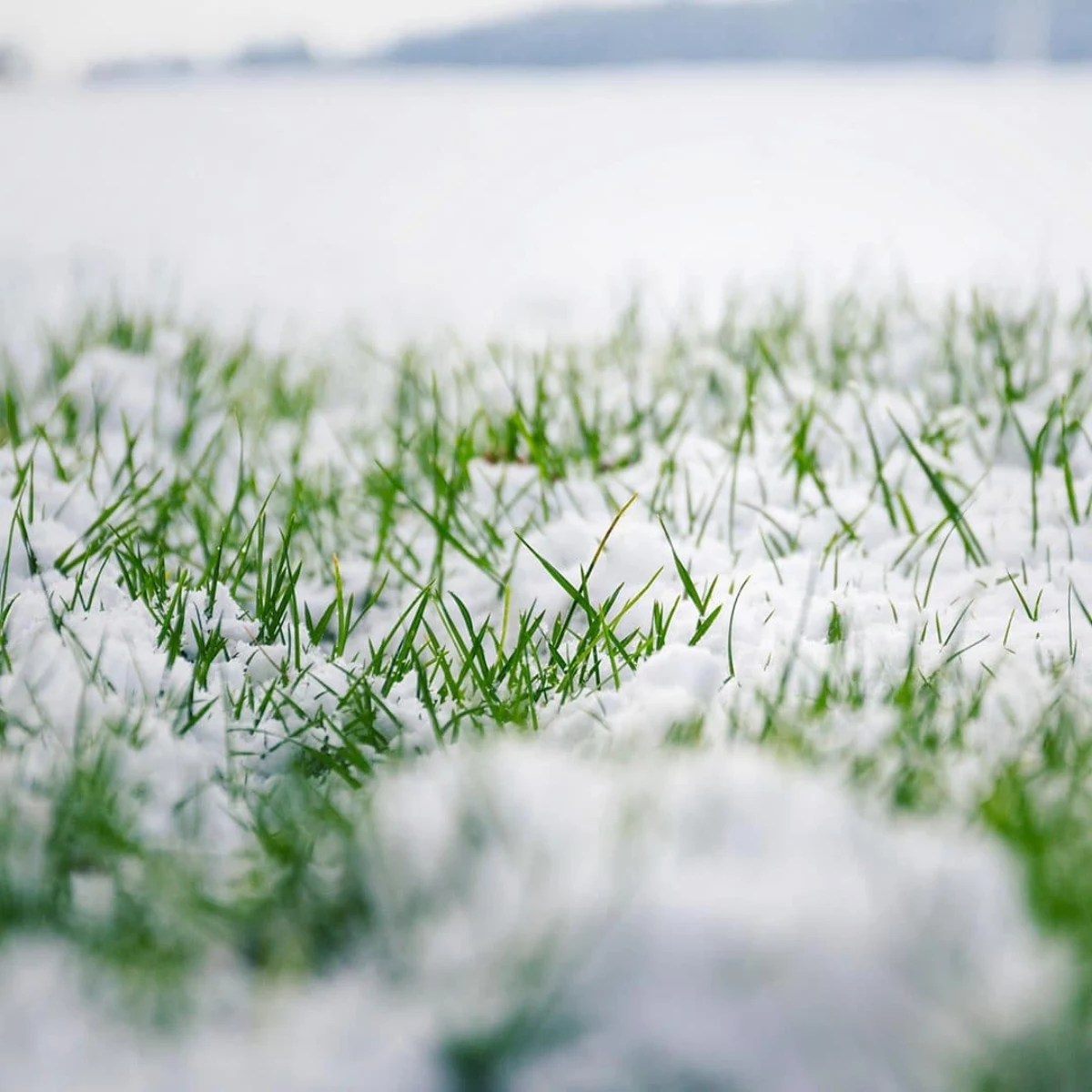
Here’s a super simple test. Grab a screwdriver. Go out to your lawn a day or so after a decent rain (when the soil is moist) and try to push the screwdriver into the ground. If you can’t easily sink it about 6 inches deep, your soil is compacted. It’s a sign that your lawn is basically suffocating, and no amount of fertilizer is going to fix it.
If that’s the case, core aeration is going to be your single most important job this fall. Seriously, if you only have the time or budget for one thing on this list, make it this one.
What’s Happening Under the Hood: A Quick Look at Grass in Fall
It helps to know what’s actually going on down there. As the days get shorter and cooler, your grass gets the signal to stop focusing on growing tall and green, and instead, to start prepping for survival. It’s a fascinating shift.
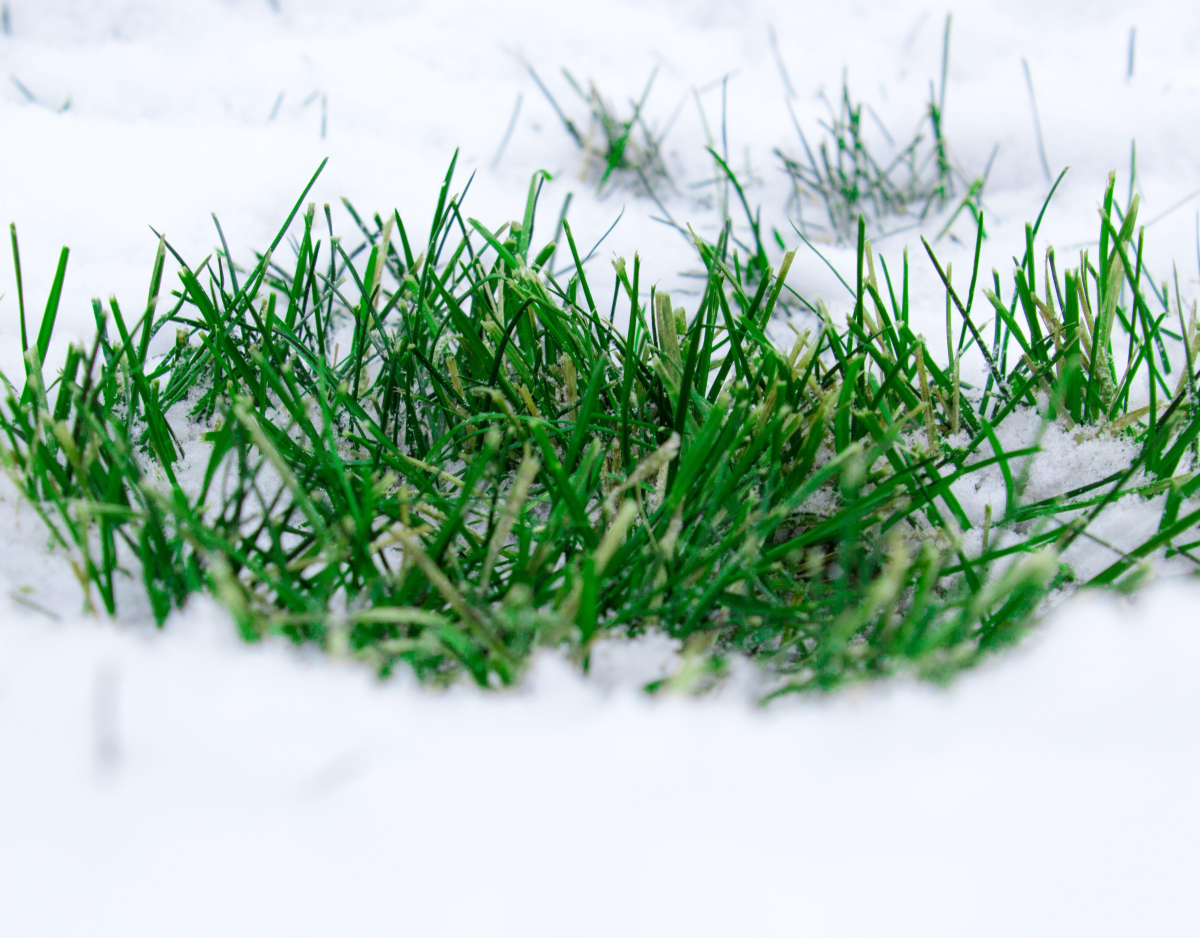
The plant slows down its food production and begins moving all its energy reserves (carbohydrates) from the green blades down into its crown and roots. The crown is the little, tough area right at the soil line—it’s the heart of the plant. If the crown survives winter, the grass lives. If it dies, that’s it.
This stored energy acts like a natural antifreeze. The plant cells load up on sugars, which helps prevent ice crystals from forming inside and bursting them open. Our job with fall prep is to help this process along, making sure the plant has everything it needs to build up that resilience for the cold months ahead.
The Big Divide: Northern vs. Southern Lawns
Okay, this is critical. There is NO one-size-fits-all plan for winter prep. Your strategy depends entirely on the type of grass you have. Get this wrong, and you can do some serious damage.

- Cool-Season Grasses (The North): Think Kentucky Bluegrass, Perennial Ryegrass, and Tall Fescue. These are the grasses common in cooler climates. For them, fall is prime time—a second growing season. This is when we get aggressive with feeding and strengthening.
- Warm-Season Grasses (The South): This includes Bermuda, Zoysia, and St. Augustine. These grasses love summer heat and go totally dormant (turning that familiar tan color) after the first hard frost. For them, fall prep is about a gentle transition into sleep, not about fueling new growth.
We’ll tackle each one separately so you know you’re doing the right thing for your yard.
The Cool-Season Lawn Playbook (For the North)
If you’ve got fescue, bluegrass, or ryegrass, fall is your Super Bowl. The soil is still warm, the air is cool, and your grass is ready to soak up nutrients and grow deep roots. Here’s your timeline.
Early Fall (Think September)
1. Core Aerate to Relieve Compaction. As we talked about, this is priority number one. You want to use a core aerator, which is a machine that pulls up little plugs of soil. Don’t waste your time with spike aerators—those just poke holes and can actually make compaction worse around the hole. These new channels allow air, water, and nutrients to get straight to the roots where they’re needed most.
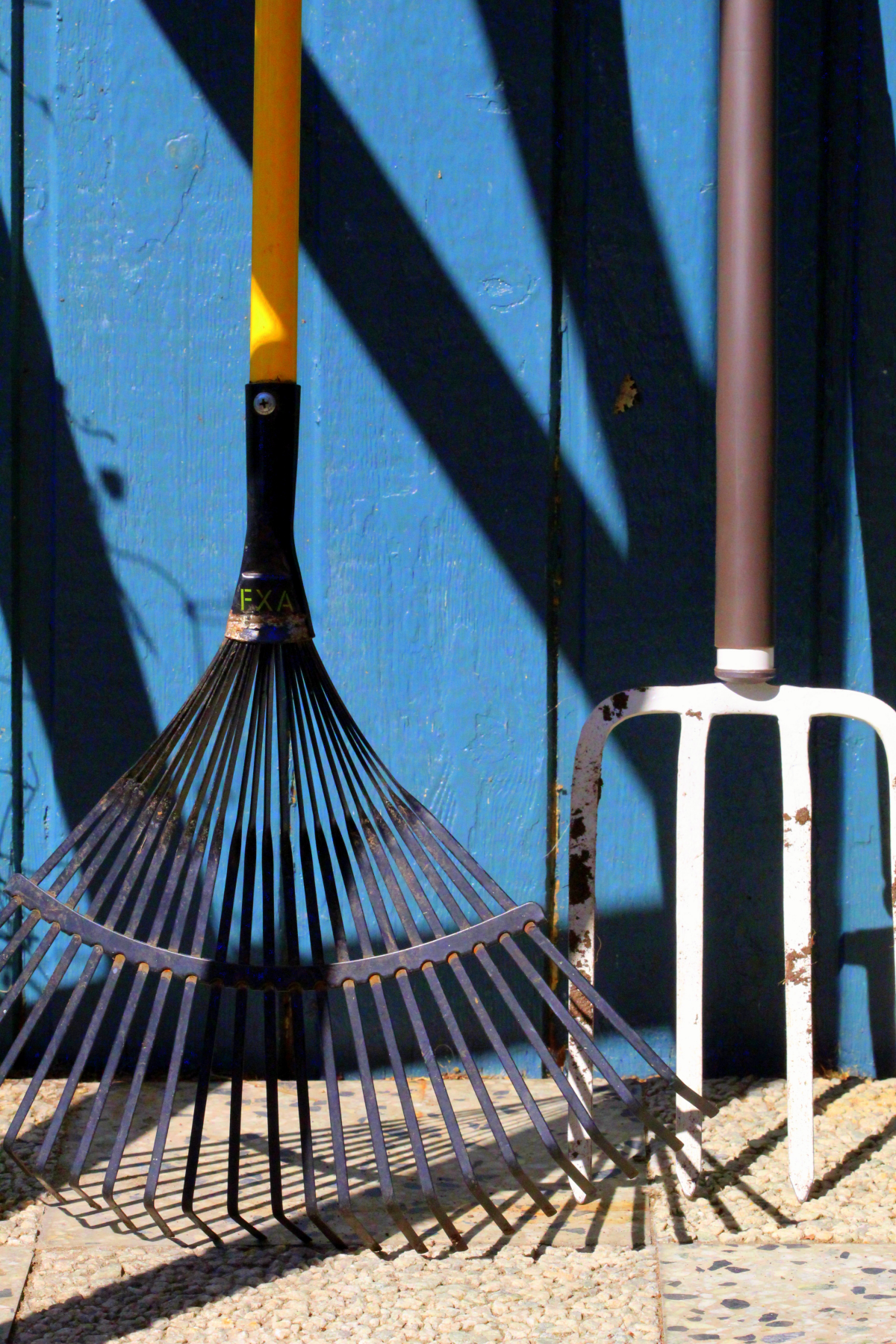
You can rent a core aerator from places like Home Depot for about $80-$100 for a half-day. Heads up: they are HEAVY and awkward to handle. For bigger lawns or hilly terrain, honestly, it might be worth hiring a pro service. Their commercial machines pull deeper plugs anyway.
Pro Tip: Aerate when the soil is moist but not a swamp. A day or two after a good rain is perfect. And don’t worry about the mess! Just leave the little soil plugs on the lawn. They’ll break down in a few weeks and return nutrients to the soil.
Mid-Fall (September to Early October)
2. Overseed to Thicken Your Turf. Right after you aerate is the absolute best time to spread new grass seed. The holes you just made provide the perfect little pockets for seeds to settle in and make direct contact with the soil, which is exactly what they need to sprout.

Don’t cheap out on seed! Quality seed will run you about $6-8 per pound, while the cheap stuff might be half that, but it’s often full of filler and weed seeds. Look for a bag that lists 0% weed seed and has a germination rate of 85% or higher. For even coverage, try this trick: set your spreader to half the recommended rate, walk your lawn north-to-south, then do it again east-to-west. No more weird stripes!
3. Test and Correct Your Soil pH. You can spread the best fertilizer money can buy, but if your soil’s pH is out of whack, the grass can’t use it. Cool-season grasses like a pH between 6.0 and 7.0. The only way to know is to test. For a few bucks, you can get a basic kit at a garden center, but for the best info, send a sample to your local university cooperative extension. They’ll give you a detailed report.
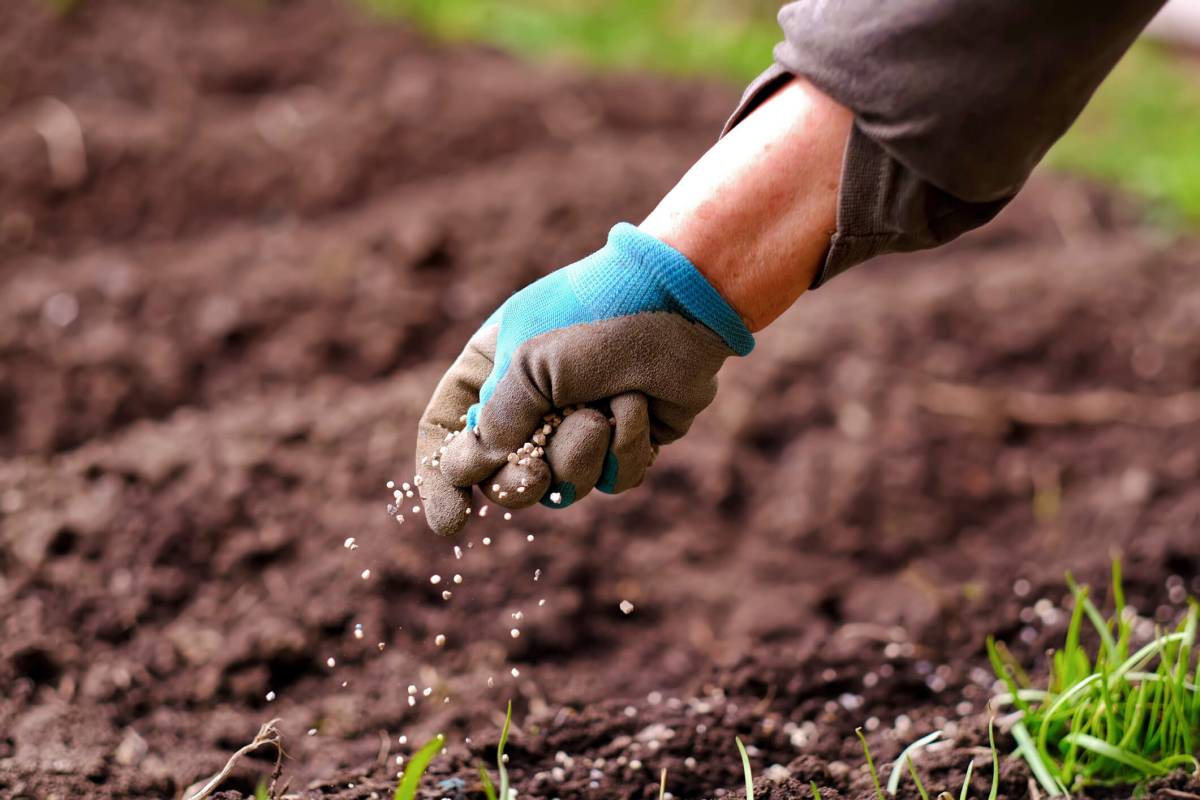
Oh, by the way, here’s how you take a proper soil sample: Grab a small trowel and a clean bucket. Dig down about 4-6 inches in 5-6 different spots around your lawn. Mix all those little samples together in the bucket—that gives you a good average. Then just bag up about a cup of that mixed soil to send off for testing. Applying lime (for acidic soil) or sulfur (for alkaline soil) in the fall is perfect, as the winter weather helps work it into the ground.
Late Fall (Late October to November)
4. Apply a “Winterizer” Fertilizer. This is the final power-up. Look for a fertilizer bag where the last number (Potassium, or ‘K’) is high. Potassium is the key nutrient for stress tolerance—it helps the grass manage water, toughens up cell walls, and improves cold hardiness. You’re not trying to force green top growth; you’re feeding the roots.

Expect to pay between $30 and $60 for a quality bag, depending on the brand and size. I once had a client who insisted on a high-nitrogen fertilizer late in the season. His lawn was the greenest on the block in December… and about 40% dead by spring. It was a tough lesson: always work with the plant’s natural cycle.
5. The Final Mow & Leaf Cleanup. For your last couple of mows, gradually lower your mower deck to about 2 to 2.5 inches. Taller grass is more likely to get matted down by snow, creating a damp, nasty environment where fungal diseases like snow mold thrive. A shorter cut helps prevent that.
And please, don’t let a thick blanket of leaves smother your lawn all winter. You can rake them, but even better, mulch them with your mower. Just mow over the leaves a few times until they’re chopped into tiny, dime-sized pieces. It’s free, organic food for your soil!
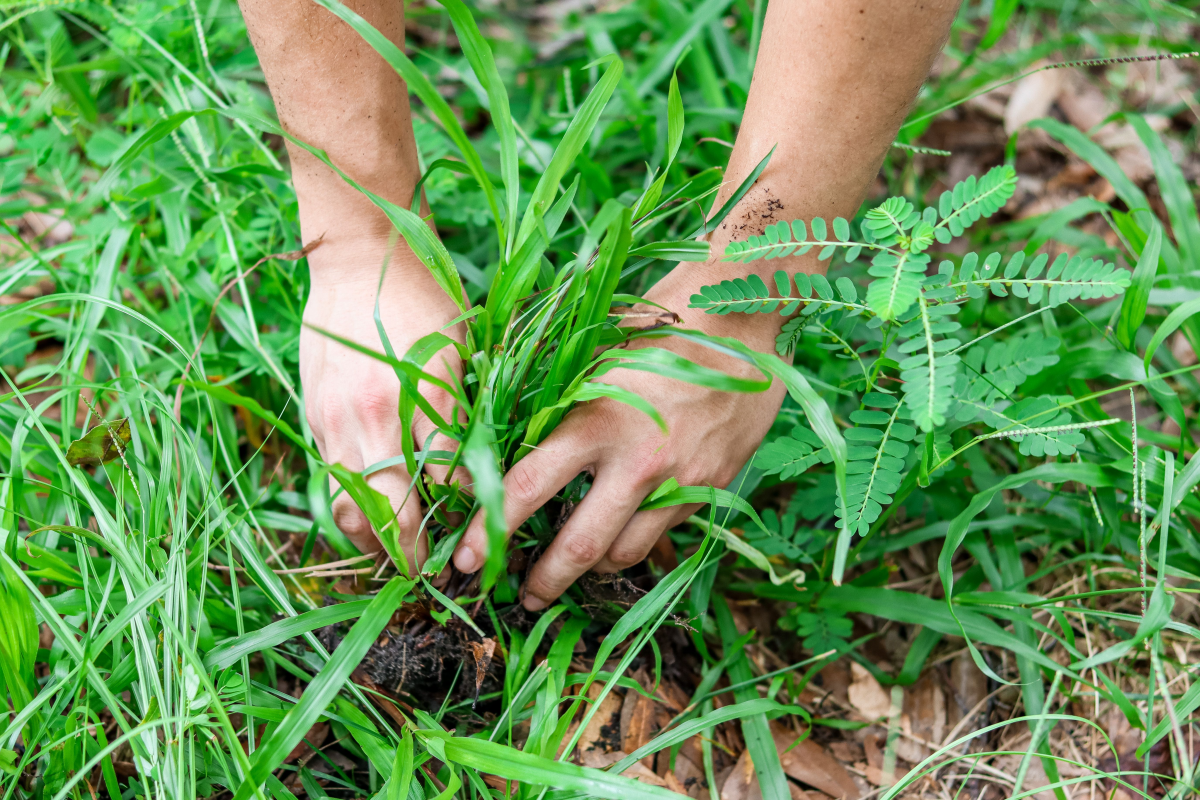
The Warm-Season Lawn Playbook (For the South)
For those with Bermuda, Zoysia, or other southern grasses, your goal is totally different. You just want to help your lawn go to sleep peacefully.
- Stop Fertilizing! This is the number one rule. Do not apply any nitrogen fertilizer within 6-8 weeks of your average first frost date. It will just spur on weak new growth that will get zapped by the cold, wasting the plant’s precious energy reserves.
- Control Winter Weeds. While your lawn is sleeping, winter weeds are just getting started. The best defense is a pre-emergent herbicide applied in the fall when soil temperatures consistently drop below 70°F. This creates a barrier that stops weed seeds from sprouting in the first place.
- Mowing Height. Unlike northern lawns, you don’t need to cut warm-season grass extra short. Just maintain your normal mowing height. A little extra length can provide some insulation for the dormant turf.
- Leaf Cleanup. Same rule as up north. Get those leaves off the lawn. A thick, wet mat of leaves can rot your dormant grass and cause major problems come springtime.
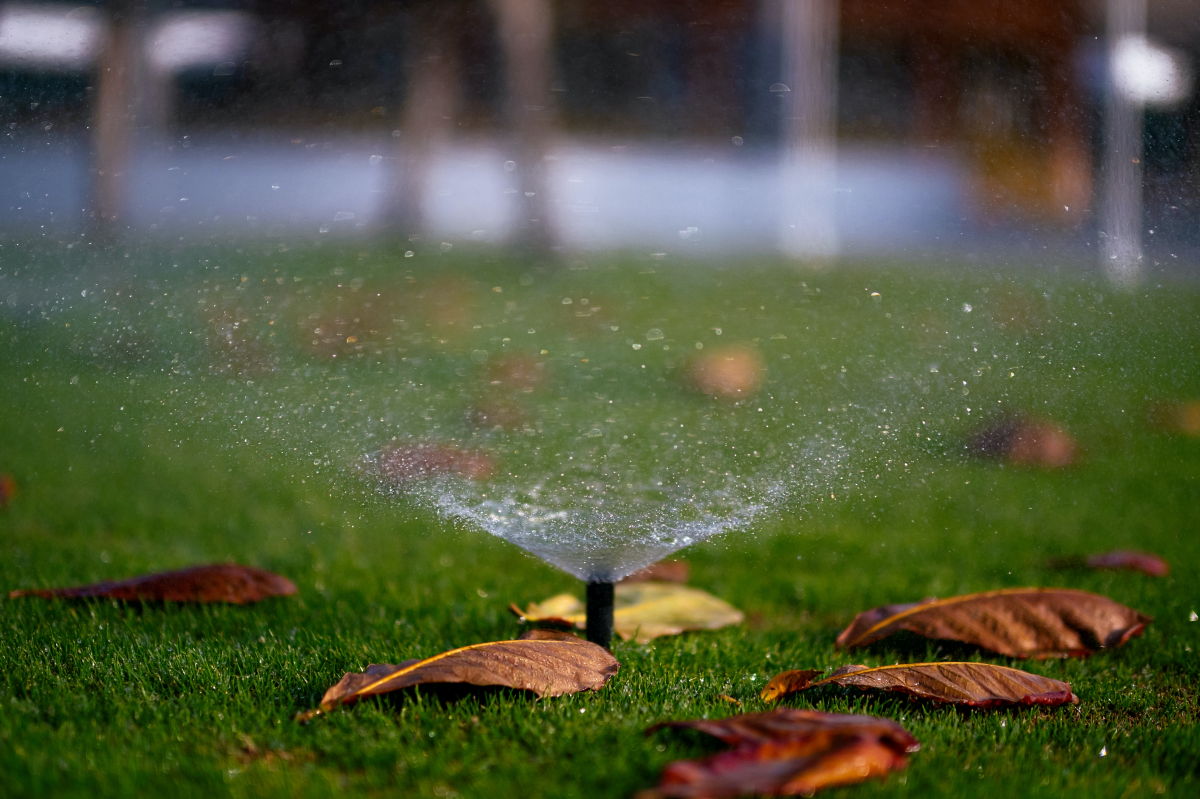
A Few Final (But Crucial) Tasks for Everyone
Blow Out Your Irrigation System. I cannot stress this enough: This is NOT a DIY job for most people. Any water left in your pipes will freeze, expand, and crack them, leading to thousands in repairs. Hire a certified irrigation pro. It typically costs between $75 and $150, and it’s worth every penny. Using a home air compressor is incredibly dangerous—you can blow up sprinkler heads or burst pipes underground if you don’t know exactly what you’re doing.
Winterize Your Equipment. Clean the gunk from under your mower deck to prevent rust. Either run the engine dry or add a fuel stabilizer to a full tank of gas. Change the oil and sharpen the blade so you’re ready to go in the spring. Give your trimmers and spreaders a good cleaning, too.
Your Quick-Win Challenge
Feeling overwhelmed? I get it. If you do absolutely nothing else from this guide, at least do this: The next time you mow, just mulch your leaves instead of bagging them. It’s free, it’s easy, it saves your back, and it’s one of the best things you can do for your soil’s health.
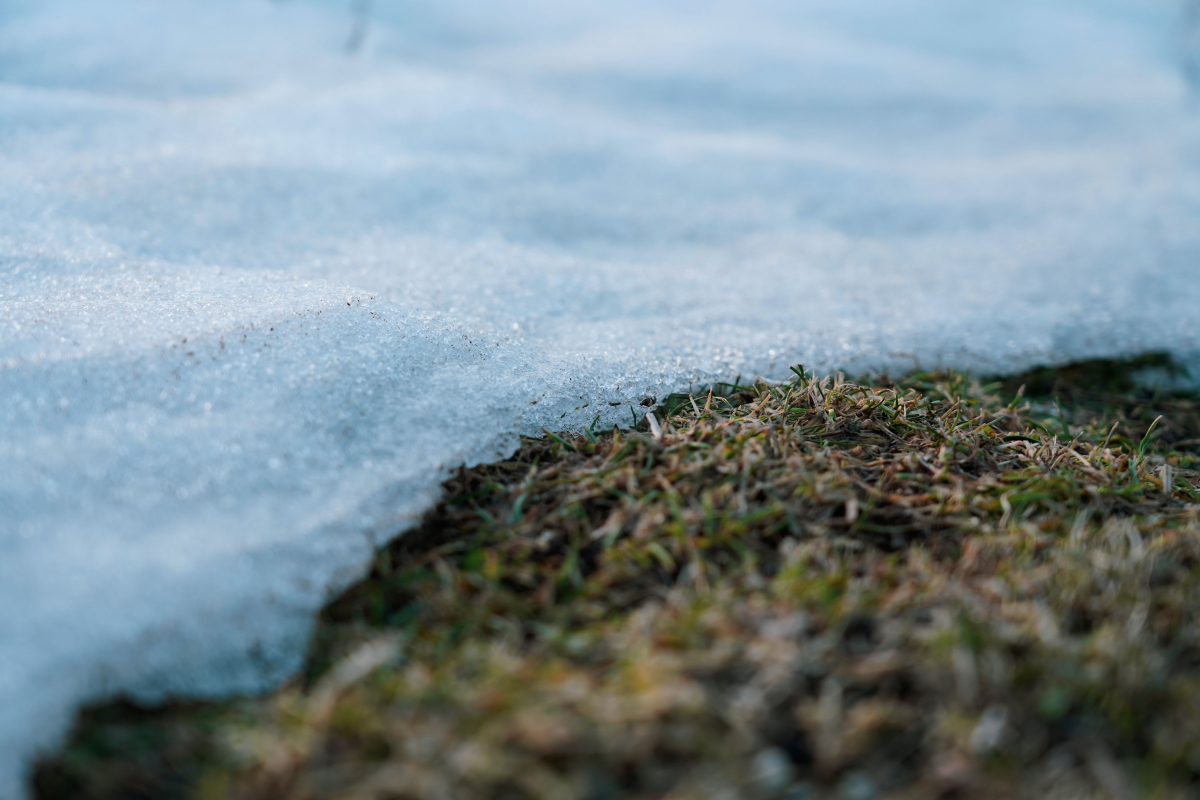
And that’s the professional mindset right there. It’s about making smart choices that support your lawn’s natural rhythm. You’re not just cleaning up; you’re setting the stage. Put in the work now, and you’ll be rewarded tenfold when your lawn is the first and greenest on the block next spring.
Galerie d’inspiration


- Deeper, more robust root systems.
- Improved soil structure and nutrient absorption.
- A natural, slow-release nitrogen source for the spring.
The secret? Don’t bag those autumn leaves! Instead, run them over with your lawn mower a few times. This technique, called mulch mowing, chops the leaves into tiny, nutrient-rich flakes that decompose right on your lawn, feeding the soil all winter long for free.
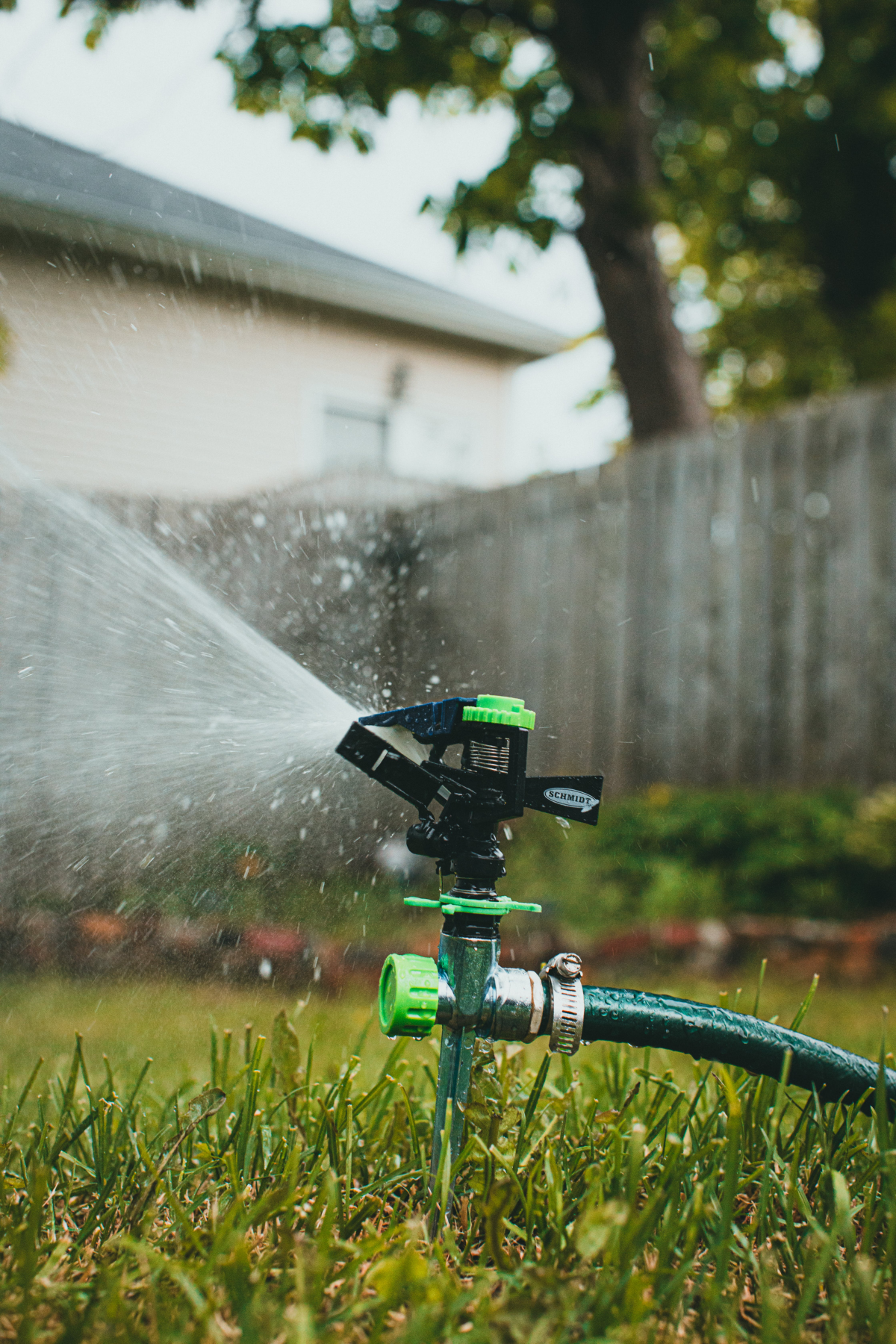
Should I worry about frost on my lawn?
Yes, but not in the way you might think. A lawn covered in a light frost is in a fragile, frozen state. Walking on it can be surprisingly damaging, as the pressure can break the grass blades’ cell walls, leaving bruised, brown footprints that can last well into spring. When you see that crystalline shimmer on your turf in the morning, do your best to stay off the grass until the sun has had a chance to melt it.
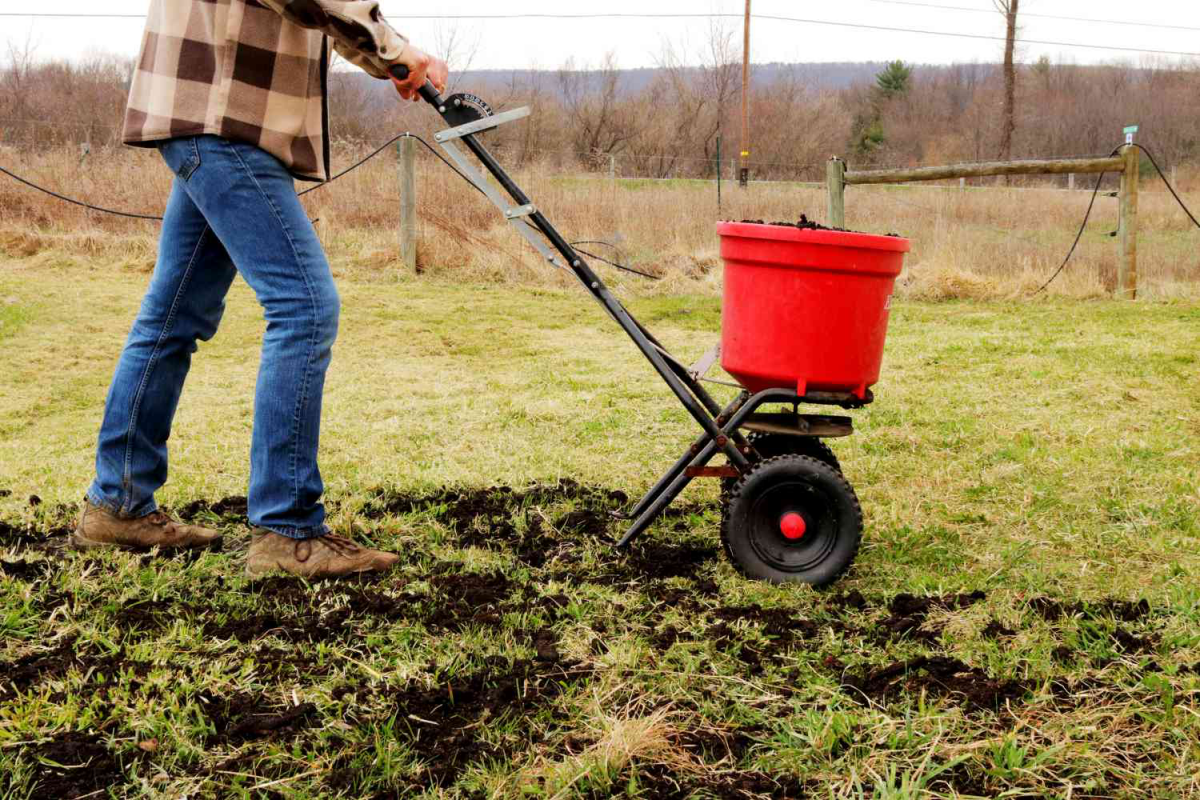
An estimated 80% of a cool-season grass plant’s root mass develops in the fall.
This single statistic highlights why your fall lawn care strategy is so critical. While the top growth slows down, the plant is furiously building its underground foundation. The aeration, fertilizing, and deep watering you do now aren’t just for winter survival; they are directly fueling the root network that will support a lush, drought-resistant lawn next summer.
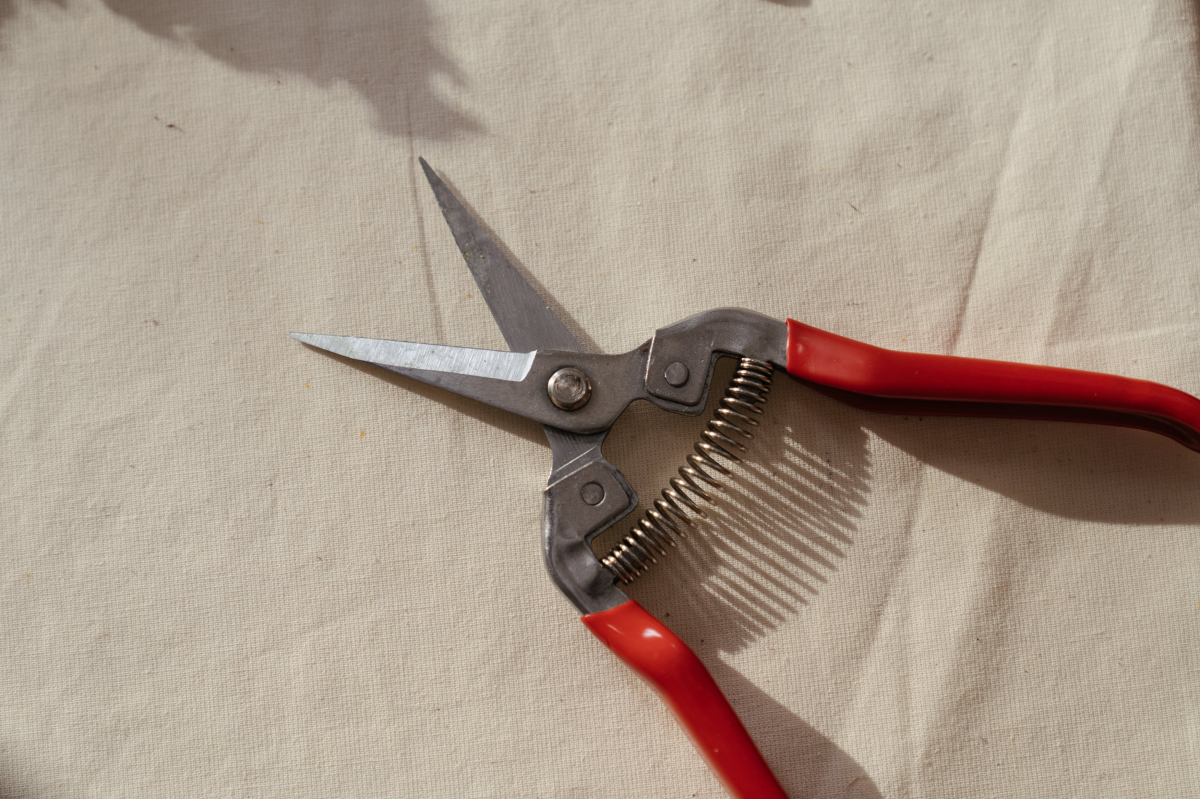
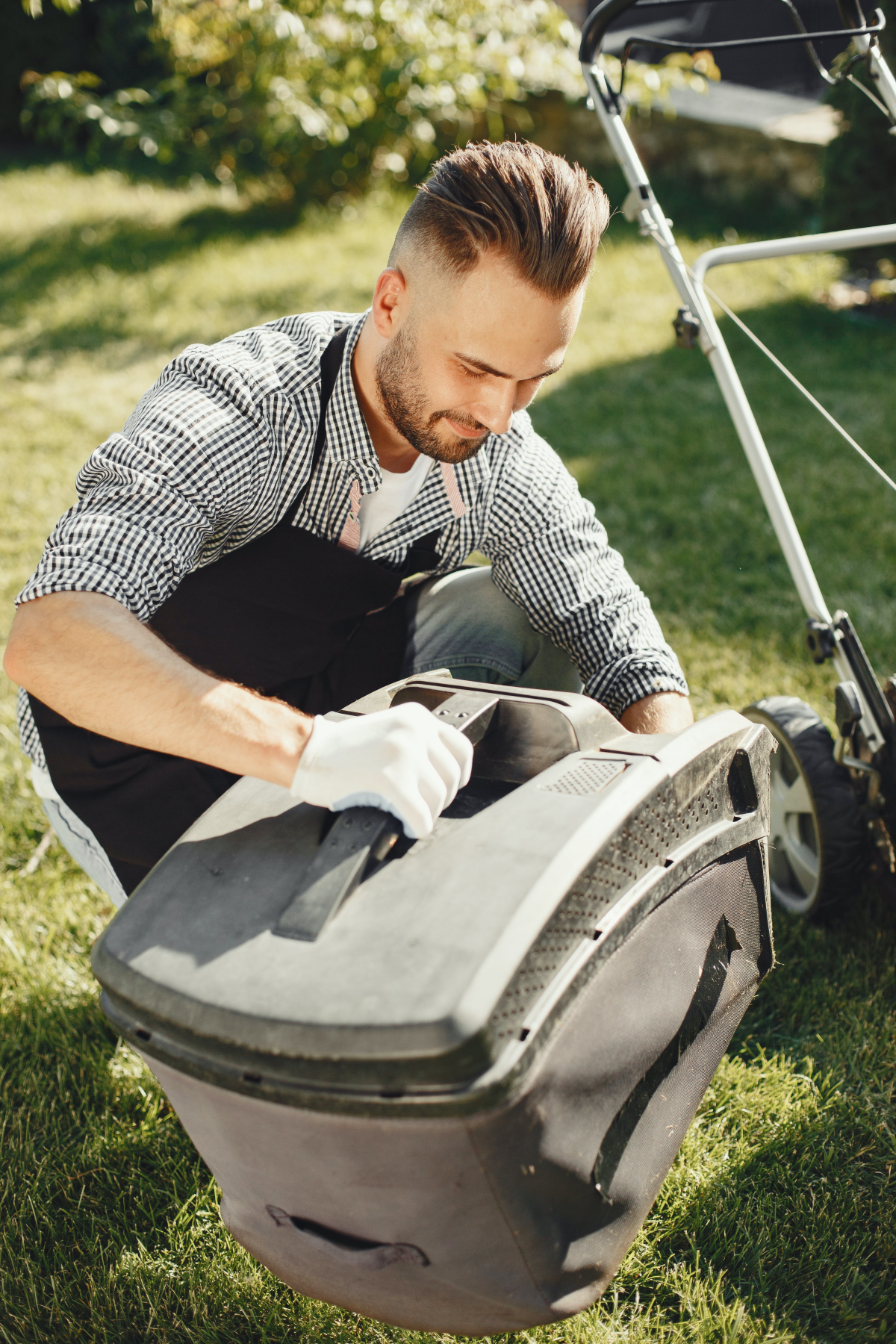
When it comes to the final cut of the season, resist the urge to scalp your lawn. The ideal height for the last mow is slightly higher than usual, around 2.5 to 3 inches.
- Too short: Reduces the grass’s ability to photosynthesize and store energy for winter, stressing the crown.
- Too long: Can lead to matting under snow, creating a breeding ground for snow mold fungus.
Getting that height just right is a simple but crucial step in your winter prep.

Important point: Not all fall fertilizers are created equal. Look for a specific “Winterizer” or “Fall Lawn Food” formula, like those from Scotts or Pennington. The key is the N-P-K (Nitrogen-Phosphorus-Potassium) ratio on the bag. A fall formula will be higher in Potassium (the ‘K’), which is vital for root health, disease resistance, and cold tolerance. It’s the nutrient that hardens the grass for its long winter nap.

Spike Aerator: This tool simply pokes holes in the ground. It can temporarily help with water penetration but can actually increase compaction around the holes over time.
Core/Plug Aerator: This is the pro’s choice. It pulls out small plugs of soil, genuinely relieving compaction and creating space for air, water, and nutrients to reach the root zone. For the best long-term results, always opt for a core aerator.
Before you put your mower away for the winter, a little TLC goes a long way. A clean, well-maintained machine will start right up in the spring and give you a better cut.
- Clean the underside of the deck to remove caked-on grass.
- Drain the gasoline or add a fuel stabilizer to prevent the fuel system from gumming up. Brands like STA-BIL are perfect for this.
- Sharpen the blade so it’s ready for that first cut of spring.










